It’s true that Salem attracts a lot of visitors who are interested in the town’s witchcraft history; but, there’s more to this place than what is actively promoted in marketing and tourist brochures. What’s most interesting to me is the town’s literary, personal, and genealogical connections to New England writers like Nathaniel Hawthorne, Henry Wadsworth Longfellow, Edgar Allan Poe, Frances Sargent Osgood, Ralph Waldo Emerson, Henry David Thoreau, and even one of my favourite modern writers, Thomas Pynchon.
As such, a trip to the town started with a visit to the House of the Seven Gables, which is a small park that contains a collection of buildings important to Salem’s nautical and literary history. The two we focused on were the Nathaniel Hawthorne House (1750), which is where the author was born… and the Turner-Ingersoll Mansion (1668).
While neither building is related to the witchcraft trials, parts of the Turner-Ingersoll Mansion do date to that period. It was originally built and owned by a Salem sea captain, John Turner and remained in the Turner family for a hundred years before being sold to Captain Samuel Ingersoll in 1782. Ingersoll later died at sea and left the property to his spinster daughter Susannah, a cousin of Nathaniel Hawthorne. Hawthorne was a frequent visitor and it’s said that the house was the inspiration for his book the House of the Seven Gables. I would even argue that Susannah was his inspiration for the elderly spinster Hepzibah Pyncheon.
There’s more “Hawthorne” to the book than a simple reference to the house, however. It points to many aspects of the author’s life, history, and familial ties to the town of Salem. For example, in the House of the Seven Gables, the story kicks off with the story of Colonel Pyncheon, a judge involved in the Salem Witch Trials. Out of a desire for a prime piece of Salem real estate, he had a man executed on the suspicion of being a Wizard and then took his property. This is a direct reference to Hawthorne’s own relative John Hathorne, who was on of the town magistrates at the time of the trials, was directly involved in gathering evidence that resulted in many women and men of being executed, and who never repented his actions.
Many say this book was Hawthorne’s own atonement for his family history, a history that is said to have haunted him for most of his life.
The house as a tourist destination has been modified heavily to reflect Hawthorne’s book. Additions that did not exist in Hawthorne’s time (e.g. the building had only three gables and not seven) make the house more like Hawthorne’s creation and less like the Ingersoll original. Secret passageways and staircases, servant’s quarters, and the little one cent shop that Hepzibah Pyncheon resurrected in the book are all additions that are exactly as described in the novel.
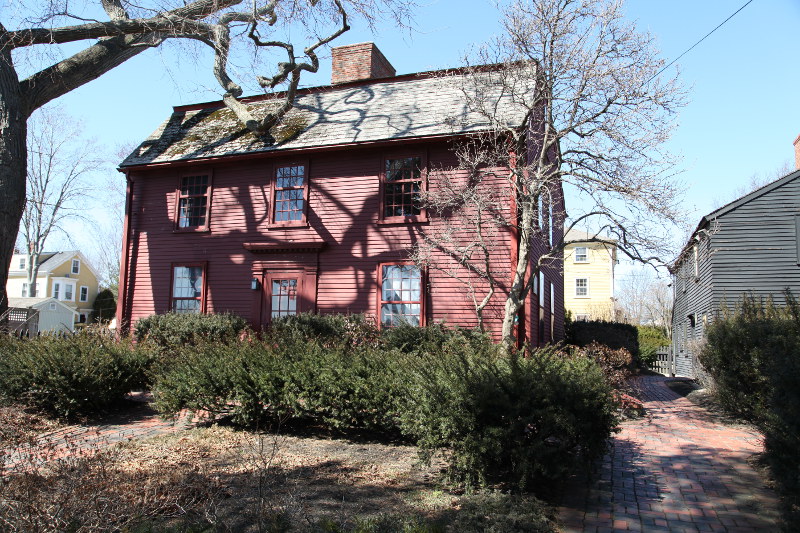
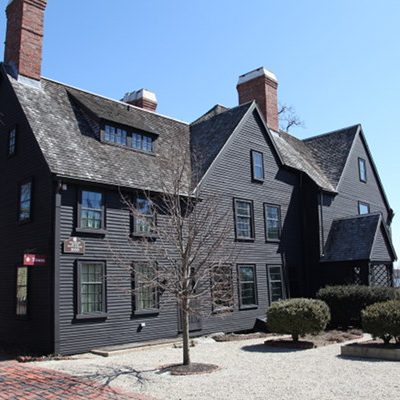
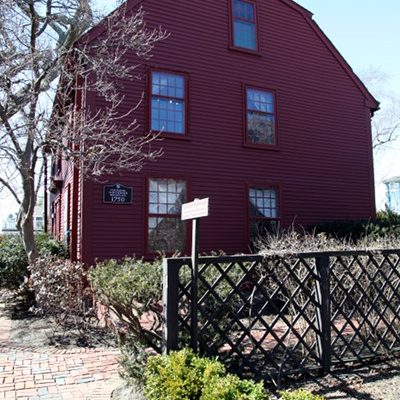
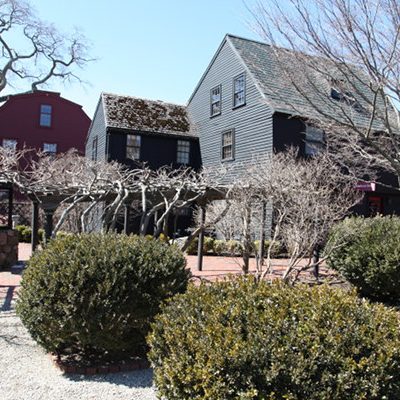

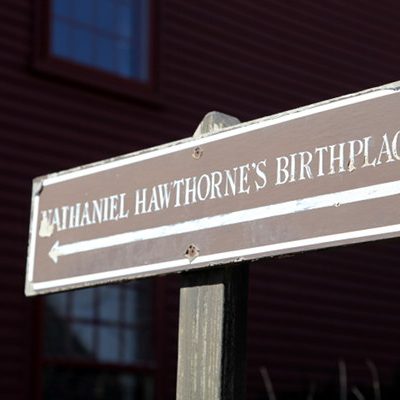
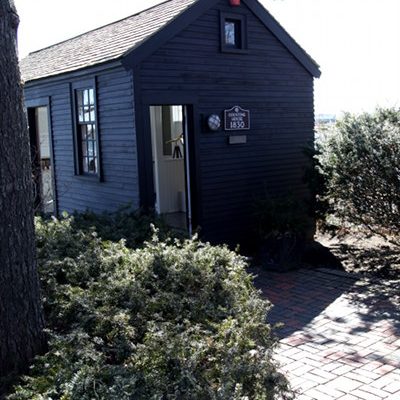
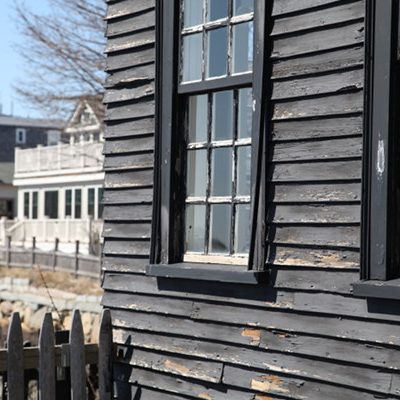
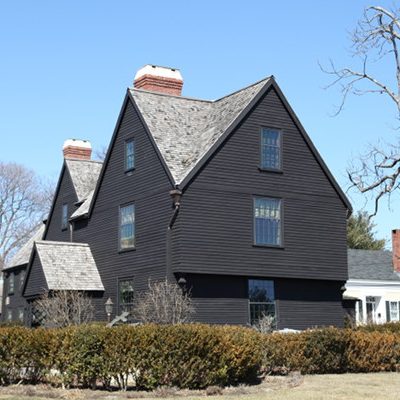
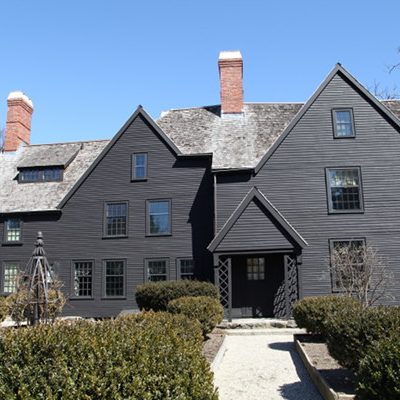
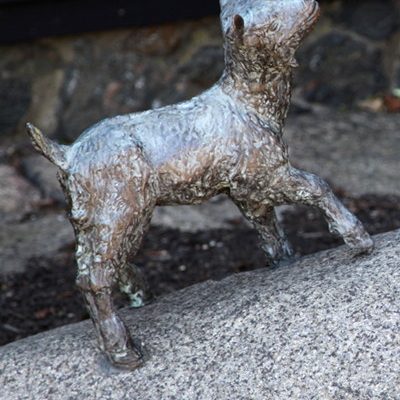
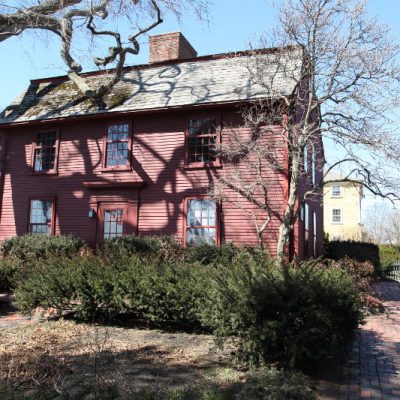
0 comments on “The House of the Seven Gables”Add yours →